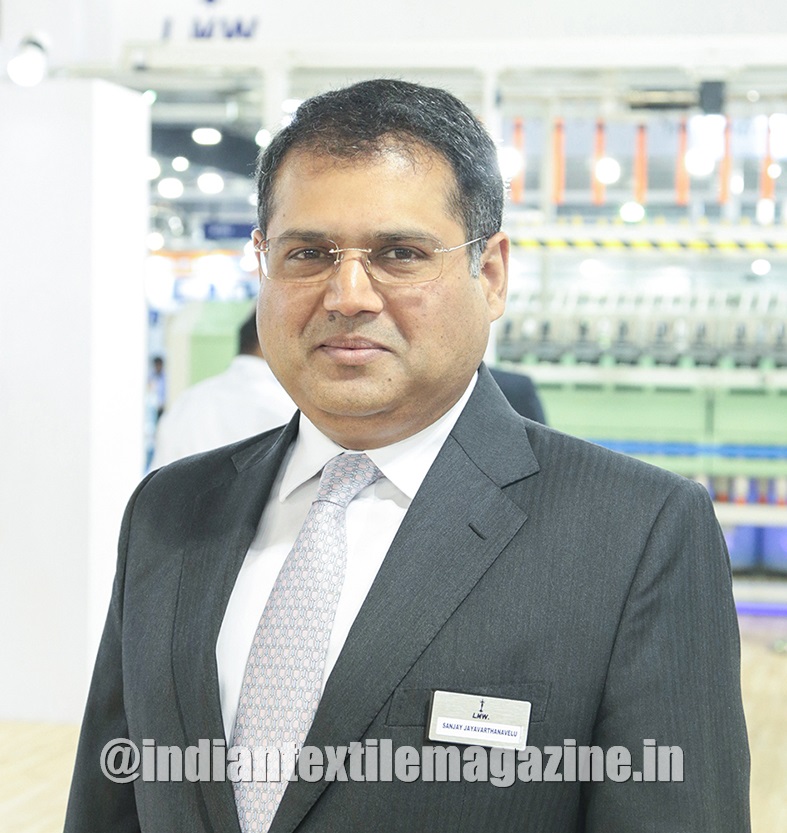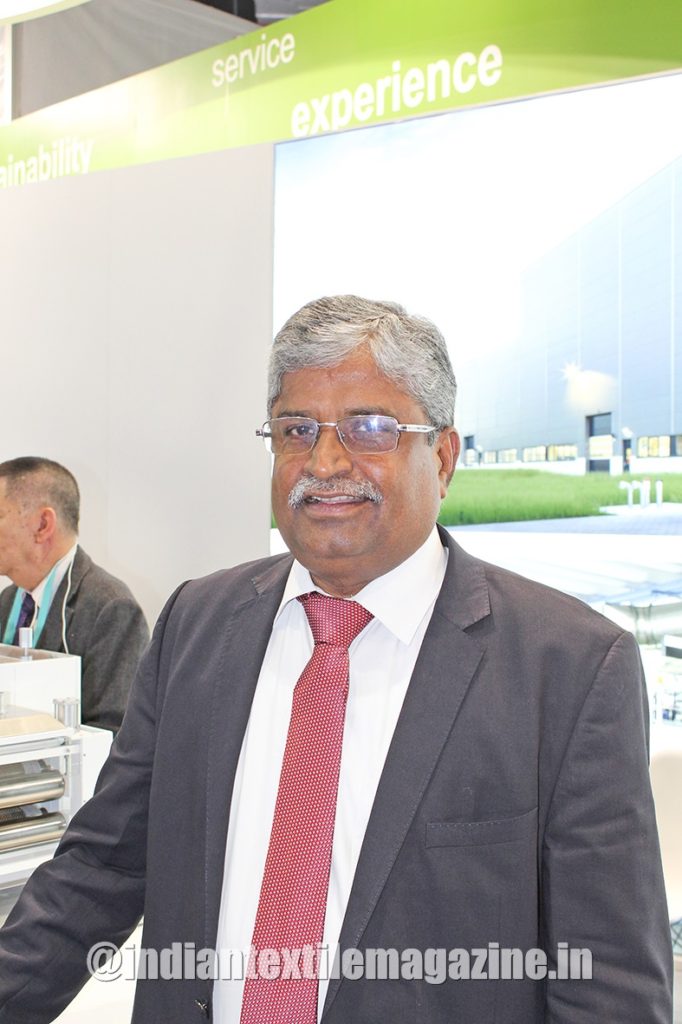As we enter a new decade, Asia will continue to remain the textile manufacturing hub led by China, India, Bangladesh, Vietnam, Pakistan, Sri Lanka and Indonesia. The Textile Magazine editorial team has compiled a list of valuable textile companies in Asia. This is just an indicative list of companies and there are many more that we couldn’t get access to. But it clearly demonstrates Asia’s dominance in textile manufacturing, which will strengthen further as we step into the next decade. Read further to know more about the companies that will lead from the front
The APAC textile industry is estimated to be around USD 380 billion in 2018, and it is projected to witness a CAGR of approximately 5.5% during the forecast period to reach approximately USD 520 billion by 2024. Asia is the main hub for the textile industry. Asia-Pacific is the leading region in the global textile yarn market, followed by North America. Polyester and cotton are widely used textile yarn products in the region. Changing consumption patterns, increasing population, disposable incomes, the increasing demand for clothing, along with home furnishing products in the Asia-Pacific region, are the major growth factors.
China is the major exporter with a total share of 37% in the global trade of the textile and apparel sector, followed by India, Bangladesh, Indonesia, Vietnam, and Cambodia. The textile industry is a highly labour-intensive industry. Hence, the lower cost of production and cheap labour are the main reasons for the growth of the textile industry in Asian countries. The United States, European countries, the United Kingdom and Japan are the major export markets for Asian countries. China controls about 40% of the global textile markets, and India claims the second position.
Shift in Consumer Perception
The shift in consumer perception of comfortable and sustainable clothing has increased the demand for high-value fabrics, such as viscose, silk and hemp. Blended varieties of fibers are also growing exponentially due to significant features of artificial and natural yarn, thus opening up new markets and growth opportunities in the coming years. Polyester and cotton are widely used textile yarn products in the region. Also, the demand for home textiles is rising in the APAC region. Home textile includes products such as blankets, bed-sheets, table cloths, cleaning and kitchen cloths, drapes, bed covers, sheers, wall carpets, sleeping bags, terry towel, mattresses, quilts, pillows, tapestry, etc., which are utilised in the interiors of homes, hotels, offices, etc.
Key Market Trends
An important emerging market trend is the growing demand for technical textile products in the APAC region. The demand for technical textiles in APAC is expected to witness a CAGR of more than 12% during the forecast period. The demand for the durable non-woven technical textile, investment promotion schemes by the governments in Asia, and the growing demand for diapers drive the growth of the disposable non-woven textile. Hence, the market for technical textile will increase in the Asia-Pacific region more significantly over the coming years, which, in turn, is expected to drive the textile industry in the region.
In 2018, China accounted for approximately 25% of the overall technical textile exports, globally, and it is the largest manufacturer of technical textiles in the world. Apart from China, countries in APAC, such as India, Bangladesh, Indonesia, and Vietnam, are expected to increase technical textile production due to the increasing demand from Europe and North America. Also, APAC is expected to account for a 50% share of the global technical textile industry due to the rapid growth witnessed in countries such as China and India, particularly in the non-woven textiles segment over the next few years.
 “While we step into 2020, we have enforced the concepts of Automation, Digitization and Innovation in our products and processes. This continuous development has truly reflected in meeting the market demands. The future is going to be more dynamic and vibrant. In recent times, we at LMW have strengthened our strategies and enhanced our product capabilities to address the global markets.
“While we step into 2020, we have enforced the concepts of Automation, Digitization and Innovation in our products and processes. This continuous development has truly reflected in meeting the market demands. The future is going to be more dynamic and vibrant. In recent times, we at LMW have strengthened our strategies and enhanced our product capabilities to address the global markets.
With introduction of new fibres and newer manufacturing technologies, the global textile industry is becoming more and more agile. In line with that, LMW has enhanced its R&D, launching high precision machines with automation at all levels. Our latest products are Smart & Industry 4.0 ready in true sense. These changes coupled with stringent quality norms make LMW an irresistible choice and undeniable leader in the textile machinery space.
– Sanjay Jayavarthanavelu, Chairman & Managing Director, LMW
 “We believe the Indian apparel industry is on an upward growth trajectory, ueled by the needs of both domestic and export market, as well as amendments like FDI in the industry. Despite the slowdown experienced in the short term, we opine that the Indian Textile Industry has a great potential in the long term and we expect a spurt in investments in the coming years. In order to promote investments, GOI has continued the investment benefits through Textile Upgradation Fund. The textile policy announced by states like Telangana, Maharashtra, Gujarat etc. would also support investments in both spinning and post spinning sector. To conclude, we believe that there are signs of reversal in investments in textile projects and we also anticipate a sustained growth in the future.
“We believe the Indian apparel industry is on an upward growth trajectory, ueled by the needs of both domestic and export market, as well as amendments like FDI in the industry. Despite the slowdown experienced in the short term, we opine that the Indian Textile Industry has a great potential in the long term and we expect a spurt in investments in the coming years. In order to promote investments, GOI has continued the investment benefits through Textile Upgradation Fund. The textile policy announced by states like Telangana, Maharashtra, Gujarat etc. would also support investments in both spinning and post spinning sector. To conclude, we believe that there are signs of reversal in investments in textile projects and we also anticipate a sustained growth in the future.
Voltas Textile Machinery Division is a household name in the textile industry. We are in the business of providing technology solutions and services to the textile industry for more than 60 years. We have been and we are the market leader in each and every segment of the textile industry. For eg., in Spinning machinery market, our Principals LMW hold a market share of around 60%..
– C. Kamatchisundaram, Vice President, Textile Machinery Division, Voltas Ltd.